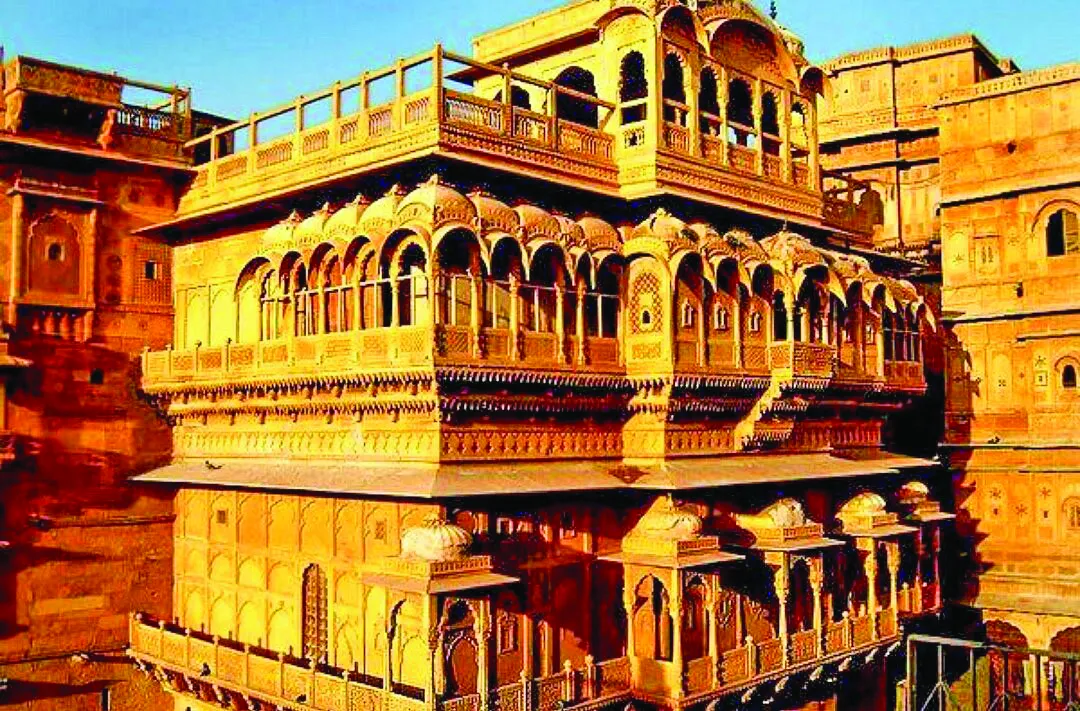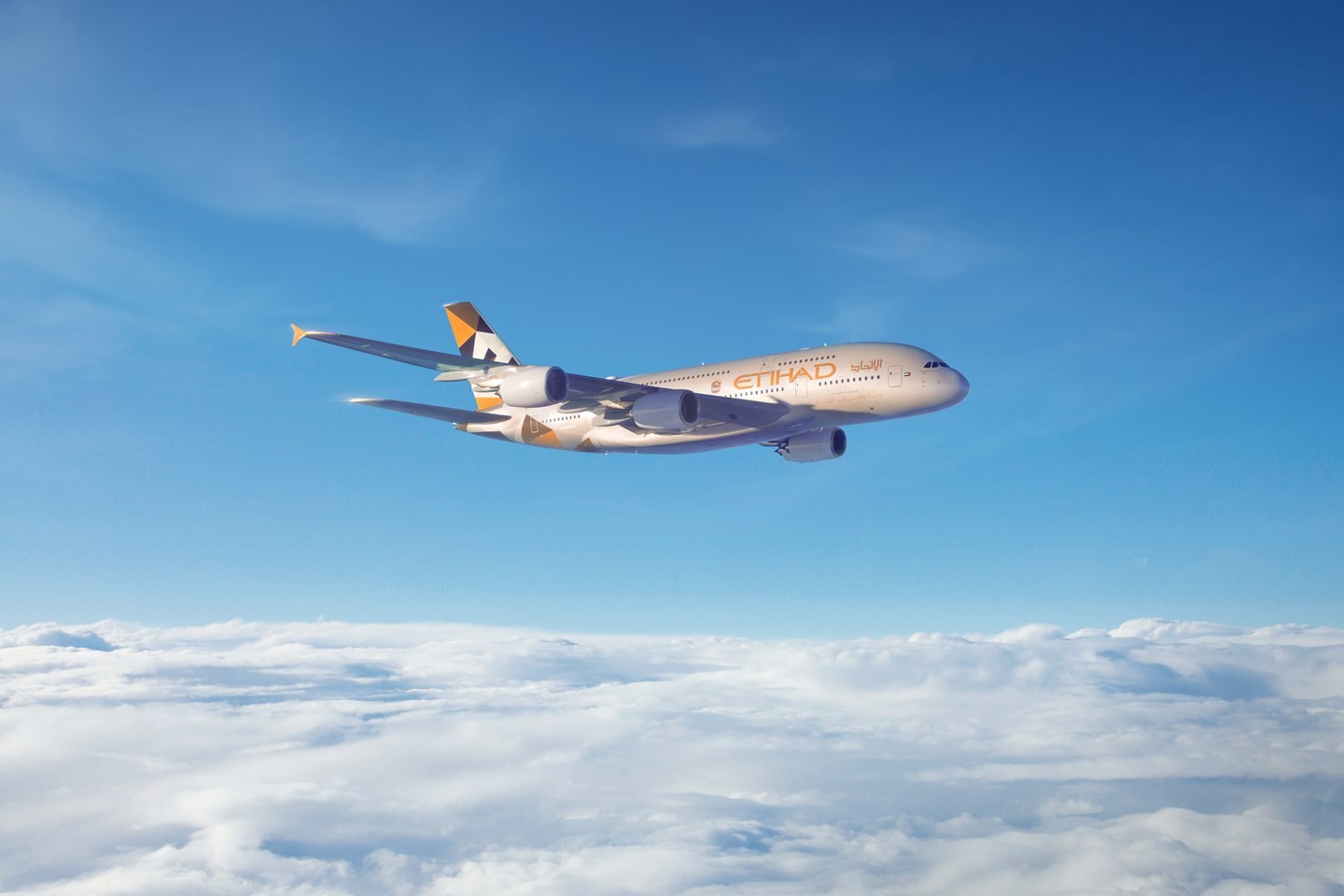Well-rested and eager to inch closer to my special place, I rode out of the Padam Palace gates towards the district of Kinnaur. For most of the way, I had the mighty Sutlej lend me her company. Deep mountainous arches engulfed the highway, a sight and experience that didn’t get old despite the four-hour-long journey. The gorgeous apple orchards of Kinnaur carpeted the valley with different hues of green, and there was a drizzle in the air. Looking towards the blue skies over Sangla, I rode with the hope of escaping a heavy downpour and mostly managed. Taking over from the Sutlej was the power-packed Baspa river and Jindal Steel Works’ various hydroelectric enterprises. A momentous adrenaline rush of smooth, broad roads ended at Karrcham, which is where one makes an inward turn towards Sangla.
A hoarding outside Chitkul village. A bird’s eye view of the Sangla Valley.
A bird’s eye view of the Sangla Valley.
A narrow road with several hairpin bends opens up to increasingly gorgeous vistas of the valley in between. In some parts where the road caved in deeply, there were tiny shrines of Mahadev and Hanuman. On other cliff sides, I found bright prayer flags fluttering about, further dramatising the ascent. A prominent feature of the Kinnaur valley, apart from its apple orchards, is the stunning Rampuri cap, donned by its women. Unlike their Kullu counterparts, who’d rather wear a scarf tied tautly around their heads, Kinnauri women carry out the Rampuri cap look with greater finesse than their menfolk, and most frequently call for a second glance. Children roamed about the streets, waving and cheering for the lone motorcyclist. Others shouted out for chocolates, and the uneven roads called for my undivided attention. With a stupa there and a homestay there, Sangla still felt remotely placed for the amount of popularity it garnered amongst tourists. Possibly because of its remoteness?
Another 10 odd kilometres ahead of Sangla, on the same road, was where the village of Batseri stood. Known for the Banjara Lodge and Camps, Batseri also has a more recent hotel development, titled Hotel Batseri. Surrounded by apple orchards and offering a stellar view of the Baspa river and the mighty Himalayas, this was the dwelling of my choice in the Sangla valley. Neat, clean, and functional rooms, good food, and an evening bonfire are all that one needs en route to a circuit with more basic accommodation lying ahead. After freshening up, my trio decided to take a drive up to Chitkul, India’s last village before the Tibet (now China) border. On another surreal drive through a village called Rakkcham, the road to Chitkul opened up to some exceptional mountainous formations, pine groves, and small streams running in between. One could easily be mistaken for this part of Himachal to be somewhere in Kashmir; that’s how dreamlike it is. The rain gently sprayed across our windscreen, and I was glad to have chosen against riding my bike up here. Crossing the sleepier town of Chitkul, with a few tea stalls and home stays mushroomed on either side of the road, we drove right up to the army check post and made a U-turn from there. Some jawans curiously looked up to see the intent of this RJ21 Endeavour, and I wondered if we had made them unzip their binoculars. But on a second thought, they are prone to being habituated to enthusiastic tourists who do the same thing multiple times a day, and they were probably just discerning the car model, especially since its previous owner had accessorised it to gather the demeanour of a Hummer! After a few enthu photographs near the ‘India’s Last Village’ hoardings, we drove back to Batseri and admired the dramatic evening skies. That night, we sat around the bonfire in Sangla’s crisp air, ate a sumptuous dinner, and drifted into a deep sleep. I left my gimbal on a tripod on the time lapse setting, and woke up to the most gorgeous 1.30-minute-long video, with the clouds doing a special ballet across overcast skies. And just like that, we geared up to leave for our first pit stop in Spiti-Tabo. The oncoming ride would be one of nearly 200 kilometres and span 6.5 hours. In between, I rode on stellar roads at first, but then rugged dirt tracks later, which even required me to make my first water stream crossing at Malling Nala With just one boot wet and the bike upright, I was rather pleased with myself for pulling off this impromptu stunt. All along, I could not help but repeatedly switch on my GoPro to record the breathtaking vistas of Nako and Sumdo. The Spiti river proved to be an equally gorgeous sequel to the Sutlej and Baspa, and by tea time, we had arrived at the sparrow-chirping monastic town of Tabo.
This is the last and concluding part of the story.























